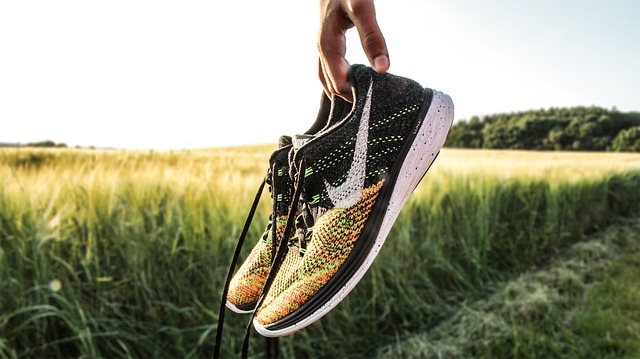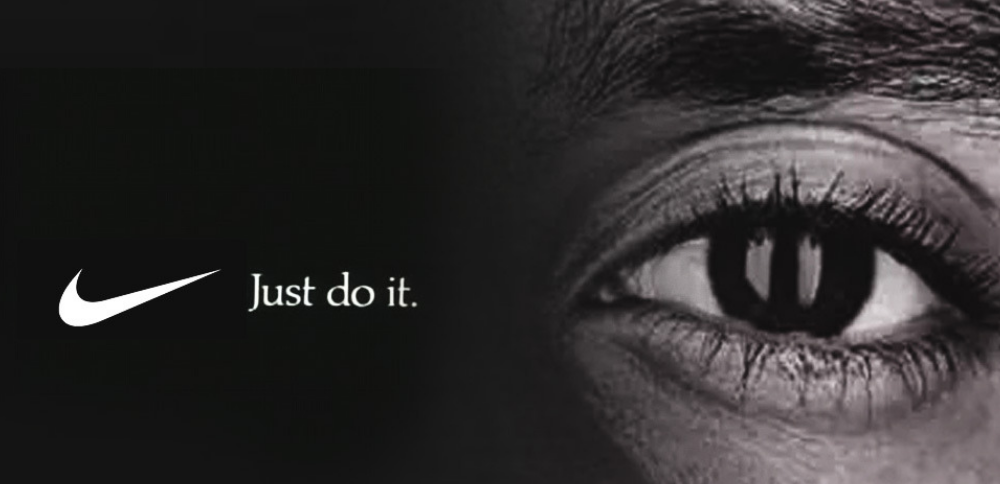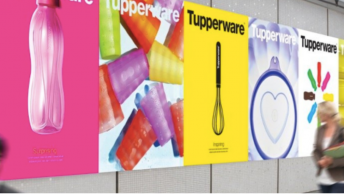We can learn a lot from the branding actions taken by businesses. Read on to learn more about the best and worst brand moves of 2018.
The Brand-Customer Relationship
The relationship between brands and consumers is delicate and complex. Credibility and relevance can be lost and gained in the blink of an eye if branding does not hit all of the right notes.
The actions taken by large brands are often high stakes, as they are only a few bad brand moves away from losing millions. If customers feel alienated by, unengaged by, or lose respect for a brand, this can have huge consequences for them. In 2018, these were some of the best and worst brand moves.
SEE ALSO: How to Engage Your Visitors in 30 Seconds or Less
Google’s Big Slip Up

Google’s decision to not send a senior exec to the Senate hearings was a major misstep for a few reasons. While they do command a 90% share of the ad market, which gives them power, branding takes more than just power.
By failing to send out a representative sends the message that they believe themselves to be above the US government and democratic process. Rather than playing ball, Google opted to send the message that the US government is not big and important enough to bother them.
While no one can deny the dominance of Google, this was a tone-deaf and a poor branding decision for many practical reasons. For one, the co-chair of the Senate Intelligence Committee, Mark Warner, is a former telco VC. He has the domain expertise to go after these firms.
Rather than making an appearance and offering a strategic olive branch, Google has made themselves a target through insult. By deciding not to show up at all, Google gave a gift to Facebook and Twitter. Google made itself the main focus of the committee’s anger.
After all, 14 senators from 13 states and high ranking officials from Facebook and Twitter made time. However, Google is too big and is too far above the government to be bothered. Brand moves like these do not read particularly well in a digital market where reputation is everything.
SEE ALSO: Top 5 Digital Branding Trends
Nike’s Branding Triumph
Nike made bold brand moves by announcing former NFL quarterback Colin Kaepernick as the spokesperson for their 30th anniversary. While some would consider this a risk, it is a highly intelligent branding move. History often judges people for their outward conviction and sacrifice.
One example of this is Muhammad Ali, who almost every brand would likely endorse if they could turn back the clock. Ali was stripped of his wealth and medals for refusing to enlist in the draft and became an icon of both inner and outer strength.
Colin Kaepernick has paid the price for sticking to his views. Had he not taken a knee, he most likely would still be a professional football player on a team. While he has lost that, the evidence and history are on his side. Nike had the forethought to capture that.
Just Do the Math
Nike registers $35 billion in revenue. This includes $15 billion domestically and $20 billion abroad. Nike understands their demographic, which is why they made the 2018 brand moves that they did. These bold decisions are only risky on the surface.
2/3 of all of these customers are under the age of 35. Millennial and Gen-Z customers who can afford expensive sneakers have a large disposable income and live in cities. This global community of young city-dwellers with disposable income are generally progressive and critical of social systems. They also want to interact and do business with brands who reflect their values.
While it seems like a risky advertising decision to take such a political stance, for Nike it was not. It was a stance that the vast majority of their customer base would agree with and appreciate. A report by Nielsen indicates that 66% of consumers are even willing to pay more for products from brands that they perceive as having a positive social impact.
For this reason, socially conscious branding is not something to shy away from. This is especially true if you want younger demographics to engage with your brand and products on social media and in reality.
SEE ALSO: The 5 Rules of Social Media Optimization (SMO)
Nike risked only $1-3 billion in revenue to strengthen their relationship with customers who account for over $30 billion of their franchise.
ROIC
Overall, what is the capital that your firm invests? It is natural to think of money as the asset that we speculate with in order to gain growth, advantage, or margin. However, it is not so simple. There are different types of capital management that must factor into important business decisions brand moves.
For example, retail operator Terry Lundgren decided to close Macy’s stores even though they produced cash flow. While this seems like a poor decision, it was not in context. There is more to this decision than meets the eye.
The stores were in decline, and Lundgren felt that the slow death of these stores would do more harm to the franchise than their dwindling cash flow would do good. It could lead to the irrelevance of the brand and take away from potential growth opportunities.
Another example of this is Steve Jobs, who made an interesting suggestion while on the board of Nike. He suggested that Nike needed to scale back on trinkets and other branded merch that brought in money. Instead of pumping out accessories, keychains, and other branded items, they needed to invest that money into building the brand itself.

On a much smaller and less abstract level, almost every manager will face a situation where they must deal with a problematic employee. Just because a person can perform a set of tasks or bring in revenue, does not mean that they benefit the company culture or brand.
It is easy to make excuses, but it becomes less so when thinking long term. What if this employee alienates partners, customers, and clients, and causes other employees to leave? These relationships are difficult and expensive to replace. Would your return on invested capital, letting a toxic employee go at the risk of losing the immediate revenue they contribute, be worth it looking forward?
Thinking Long-term is Key
There are different sources of capital which can be invested or sacrificed for long-term equity. These include:
- SKUs
- Consumers
- Revenues
- Partners
- Political neutrality
- Associates and employees
You must think long term and not just short-term. Do not be afraid to make short-term decisions that appear risky in order to build a richer future. You must not only know how to build a digital brand, but how to protect it.
SEE ALSO: How to Protect Your Brand on Social Media
What Digital Brands Can Learn from the Best and Worst Brand Moves of 2018
Ultimately, general awareness is key to making the right kind of brand moves. A brand must know their audience and be willing to take steps to cast themselves in a positive light to that audience.
Nike’s choice to center their ad campaign around activist Colin Kaepernick, who has been shunned from the NFL for his commitment to racial justice, comes across as bold, relevant, empathetic, and aware to those it is meant to appeal to. While it has undoubtedly alienated some people, it has not upset the people who matter to Nike, their target market.
Google’s decision to communicate that they are above the US government, however, lacks any and all finesse. While their dominance in the market allows them the space to do this, no brand should aim to send the message to large groups of people that they have better things to do than worry about them.
This is a branding nightmare. After all, the hearing was to explore whether foreign agents used these platforms to manipulate voters or not. And Google could not be bothered to send a representative.
What brand moves were you the most and least impressed with in 2018? Comment below…











